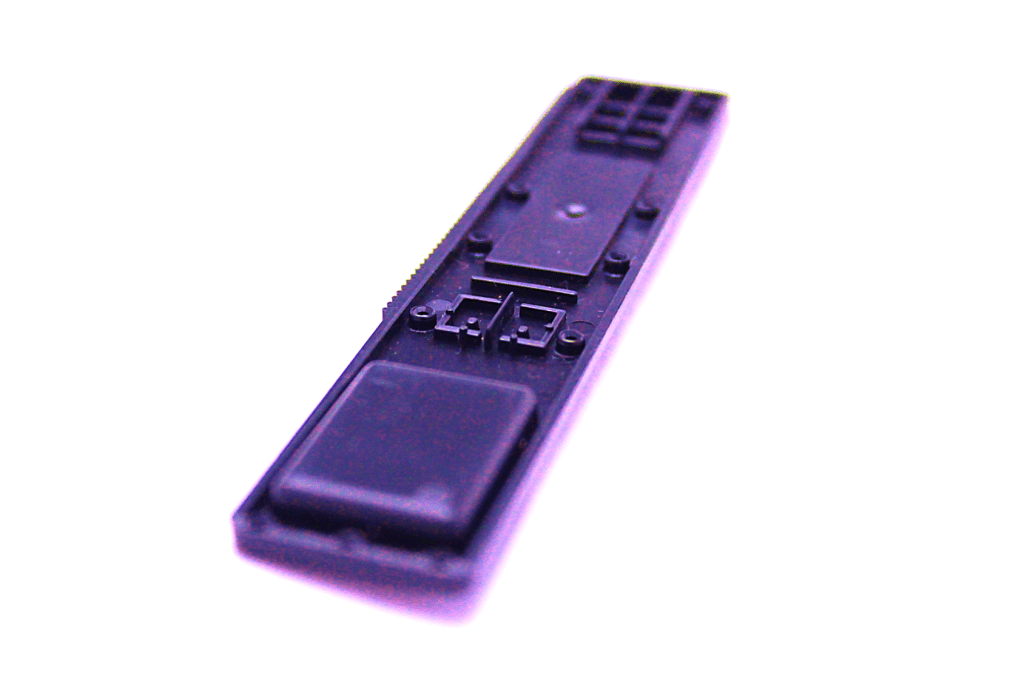Solving manufacturing issues requires a blend of intuition which comes from experience and science which comes from analysis. With hundreds of contributing factors in the injection molding process neither approach always works on its own.
The Application
A diagnostics housing had a nominal length of 5.102”, and a client change request during development required a mold change which did not impact the part length. Historically the length measured from 5.098” to 5.102”.

After the mold change, the initial samples measured 5.112” in length. This put the part out of tolerance because it deflected and could not properly assemble to the mating component.
Something had happened, but the mold change did not alter the length, and the processing had remained the same. The cause was a mystery. The initial hypothesis was that perhaps the mold change impacted the cooling in some way, which would impact the post-molding shrinkage of the part. The only way to know for sure would be to test the assumption by adjusting the process.
In the best-case scenario, the issue would be solved through processing with an understanding of why. In the worst-case scenario, the cause would not be understood and the mold would have to change. This would be fraught with risk, cost, and loss of time.
Initial Adjustment
The team started with conventional (non-scientific) process adjustments to try to increase shrinkage. The conventional wisdom says that higher rates of shrink are accomplished with higher melt temperature, higher mold temperature, shorter cooling time, and reduced hold pressure.
However, these adjustments only achieved a length of 5.108”. This was still out of tolerance and not close to the previous dimension. Frustration set in after exhausting conventional process adjustments. The hope for a processing solution was low.
Design of Experiments
The Natech Engineers set up a DOE of five variables: Melt Temp, Mold Temp – A side, Mold Temp – B side, Cooling Time, and Hold Pressure. They ran a fractional factorial DOE which involves mathematically varying those five variables across eight experimental runs. The attributes that are being monitored during a DOE are referred to as responses. The team monitored four responses: overall length, deformation, internal sink, and external sink.
The fractional factorial analysis quantified the impact of each of the five variables on the responses. The adjustments produced parts at the nominal length, which, in and of itself, was good news.
However, the lower length occurred with a process at the lower end of the melt temperature range. This was the opposite of what was expected and flew in the face of what conventional wisdom would predict. Only a DOE would have found that.
Implementation
The team analyzed the critical variables to determine the process that would optimize the two most critical responses. A larger lot at the new process produced parts with length that ranged from 5.100” to 5.101”.
The insight gave the team a deeper level of knowledge of the behavior of molded plastics. As an added benefit, the cycle time was shortened from 28 seconds to 18 seconds. Additionally, the challenge and resulting victory gave the broader team a deeper faith in the scientific processing tools.
